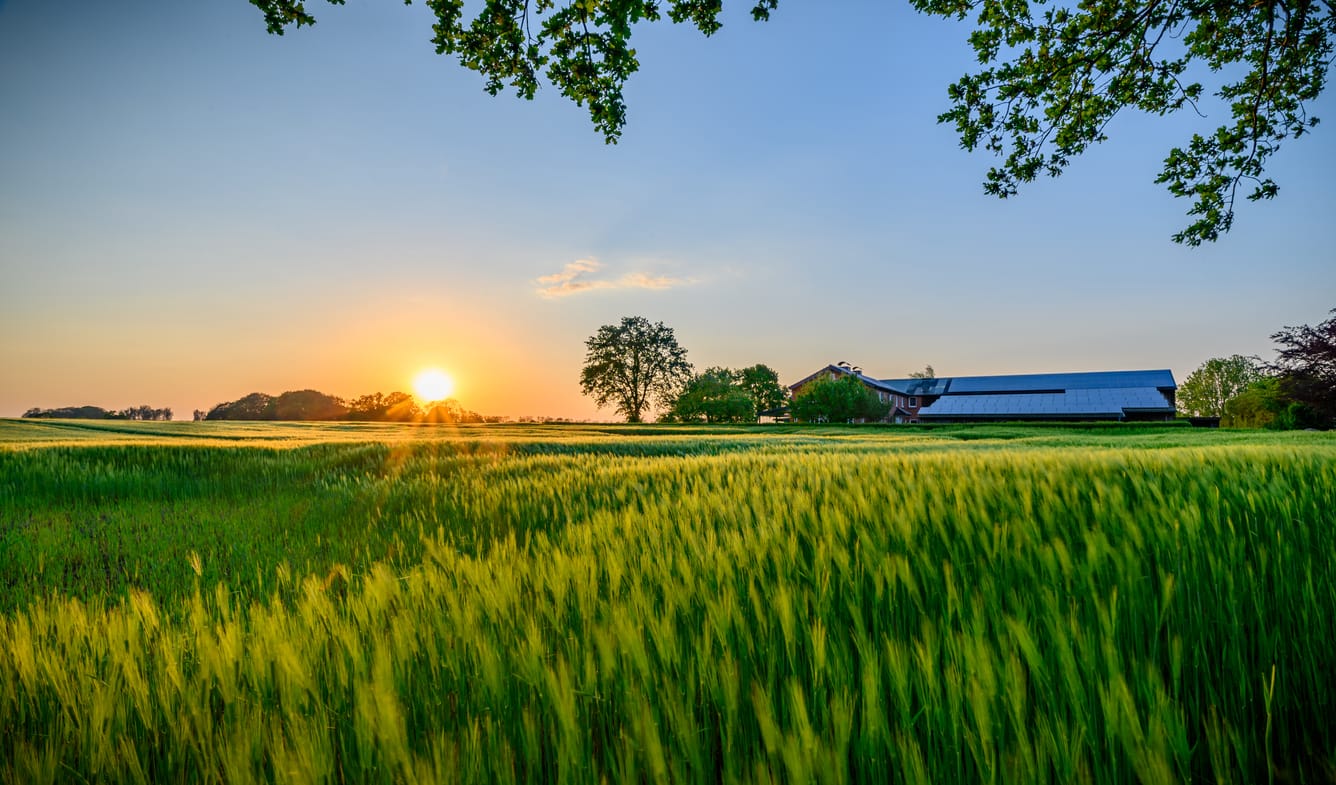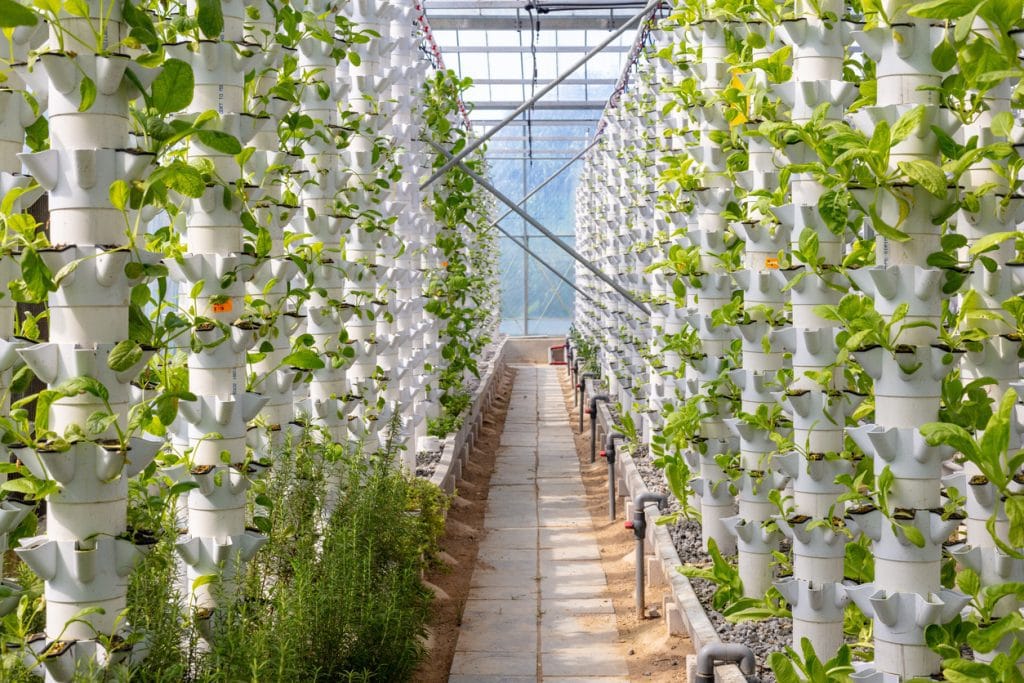


Breakthroughs in AgriTech That Small Farmers Are Adopting

Rethinking Technology at the Ground Level
AgriTech is no longer limited to large-scale farms with sprawling acreages and multimillion-dollar equipment. Today, innovation in agricultural technology is reaching the hands of small farmers in both developed and emerging economies. The shift is driven by necessity: smaller farms face mounting pressures from climate instability, labor shortages, rising costs, and competition from industrial-scale producers. But technology is leveling the field.
What once felt out of reach is now accessible. Tools that were once reserved for research institutions or government-subsidized agricultural programs are making their way to independent growers who operate a few dozen acres—or even just a backyard-sized plot. And while the changes are significant, the adoption pattern is grounded in practicality. Small farmers are not chasing tech trends for the sake of it. They are adapting tools that solve real problems—crop monitoring, water management, soil health, yield forecasting—using precise, scalable methods.
Precision Agriculture on a Smaller Scale
Precision farming has long been touted as a breakthrough for large operations. But the concept has evolved to include more compact, affordable tools that work well for smaller acreage. Rather than massive combine harvesters embedded with GPS, small farmers are now turning to smartphone-connected soil sensors and compact drones for surveying.
A prime example is Teralytic, a company offering wireless soil probes that give real-time insights into soil health. These sensors measure key variables like nitrogen, salinity, and moisture content—empowering farmers to apply inputs only where needed. By avoiding over-fertilization or unnecessary irrigation, small growers are saving money while improving yields.
Similarly, lightweight drone systems like those offered by DJI Agriculture are now being deployed by solo farmers to survey fields, assess pest damage, and track growth patterns. This reduces guesswork, cuts time spent on foot inspections, and offers a bird’s-eye view that even experienced growers find valuable.

Smart Irrigation and Water Management
Water remains one of the most critical resources in agriculture. Misuse, overuse, or inefficient watering can not only shrink a harvest but also waste a costly input. For small farmers working in drought-prone regions, the stakes are even higher.
Smart irrigation systems are now finding their way into compact operations. Brands like Rachio and CropX offer water management tools that combine weather data, soil moisture readings, and automated scheduling. These platforms give farmers real-time control over watering routines from their phones, eliminating the guesswork associated with traditional methods.
In areas where electricity access is unreliable, solar-powered pumps and drip irrigation systems are gaining momentum. Farmers in parts of Africa and South Asia, for instance, have begun using technology from SunCulture to irrigate crops using clean energy—offering both financial and environmental benefits.
Mobile Apps as Field Companions
One of the more underrated breakthroughs in AgriTech is the rise of mobile platforms tailored to small-scale agriculture. These tools range from simple weather apps with hyperlocal forecasting to more complex systems that integrate crop planning, budgeting, and supply chain management.
Apps like AgriApp and FarmLogs have become staples among smallholder communities. Farmers can use these platforms to track planting dates, forecast harvest timelines, record expenses, and even connect to nearby buyers or cooperatives. It is not just a matter of convenience—it is reshaping how small farmers think about their operation as a business.
Many of these apps are free or low-cost, designed to work on basic Android devices, and available in local languages. That accessibility is what makes them so transformative. Farmers are no longer relying solely on passed-down knowledge or generalized advice—they have data in their pocket that speaks directly to their plot of land.
Affordable Mechanization for Labor Efficiency
Labor shortages are not just a concern for large farms. Small producers are also struggling to find consistent help during critical times like planting and harvest. In response, AgriTech firms are developing low-cost mechanization tools specifically designed for modest operations.
Compact machinery, like walk-behind tractors and mini-harvesters, is gaining popularity. Mahindra and Kubota have introduced smaller, more affordable equipment lines targeted at small farms. These tools offer a middle ground between manual labor and fully automated machines. They are simple to operate, cost less to maintain, and can significantly reduce physical strain and time requirements.
Elsewhere, companies like Hello Tractor are taking a shared economy approach. Their platform allows farmers to rent machinery on-demand from nearby owners, using GPS to match requests with available units. It is a model similar to ridesharing—but for tractors—and it is unlocking access for farmers who otherwise could not justify the capital outlay.

Vertical Farming and Urban Agriculture
In some regions, especially around urban centers, space has become the biggest constraint. Here, AgriTech is expanding into vertical farming and hydroponic solutions that make it possible to grow high-yield crops in tight spaces.
Small-scale vertical farms, often built using modular systems, are popping up in cities and suburbs. These operations use controlled environments—LED lighting, humidity controls, and nutrient film techniques—to grow leafy greens, herbs, and vegetables year-round. Startups like AeroFarms and Freight Farms have brought scalable versions of these systems to market, and some are now developing kits tailored to backyard growers and small commercial operations.
In regions with poor soil or heavy pollution, hydroponics offers a path to clean food production. And because these systems use less water and avoid pesticides, they are attractive to health-conscious markets and farm-to-table suppliers.
Blockchain and Market Access
Technology is also making an impact beyond the farm gate. Small farmers often struggle with market access, pricing transparency, and payment delays. Blockchain-based platforms are starting to change that by improving traceability and streamlining transactions.
One company pushing this forward is AgUnity, which helps farmers record transactions on a blockchain ledger—providing a digital trail that buyers can trust. This helps producers build a reputation for quality and transparency while reducing disputes over payments.
Additionally, platforms like Twiga Foods in Kenya are helping farmers connect directly with buyers, eliminating intermediaries that often cut into profit margins. These systems not only offer better prices but also reduce post-harvest losses by streamlining logistics.
The Cultural Shift Toward AgriTech
What is perhaps most striking is the changing mindset. Many small farmers who once viewed technology with skepticism are now embracing it—not because they are being pressured to, but because the benefits are becoming clear.
Local training programs, extension services, and farmer cooperatives are also playing a role. By showing results on nearby farms, they build confidence and create ripple effects. It is a grassroots movement, powered not by Silicon Valley, but by farmers talking to each other, learning from shared experiences, and experimenting in the field.
Innovation is not being imposed—it is being adapted. And that shift is setting the stage for a new era of productivity among small-scale producers.
Final Comments
AgriTech breakthroughs are no longer reserved for massive corporate farms with deep pockets. The innovation wave has reached small farmers, not only changing how they work the land but also how they manage, market, and grow their businesses. From soil sensors and smart irrigation to mobile apps and blockchain transactions, technology is providing practical tools that support efficiency and resilience.
As more farmers adopt these solutions, the ripple effects are felt throughout food systems. AgriTech is becoming less about disruption and more about empowerment—enabling small producers to compete, adapt, and thrive in an industry that continues to evolve.





